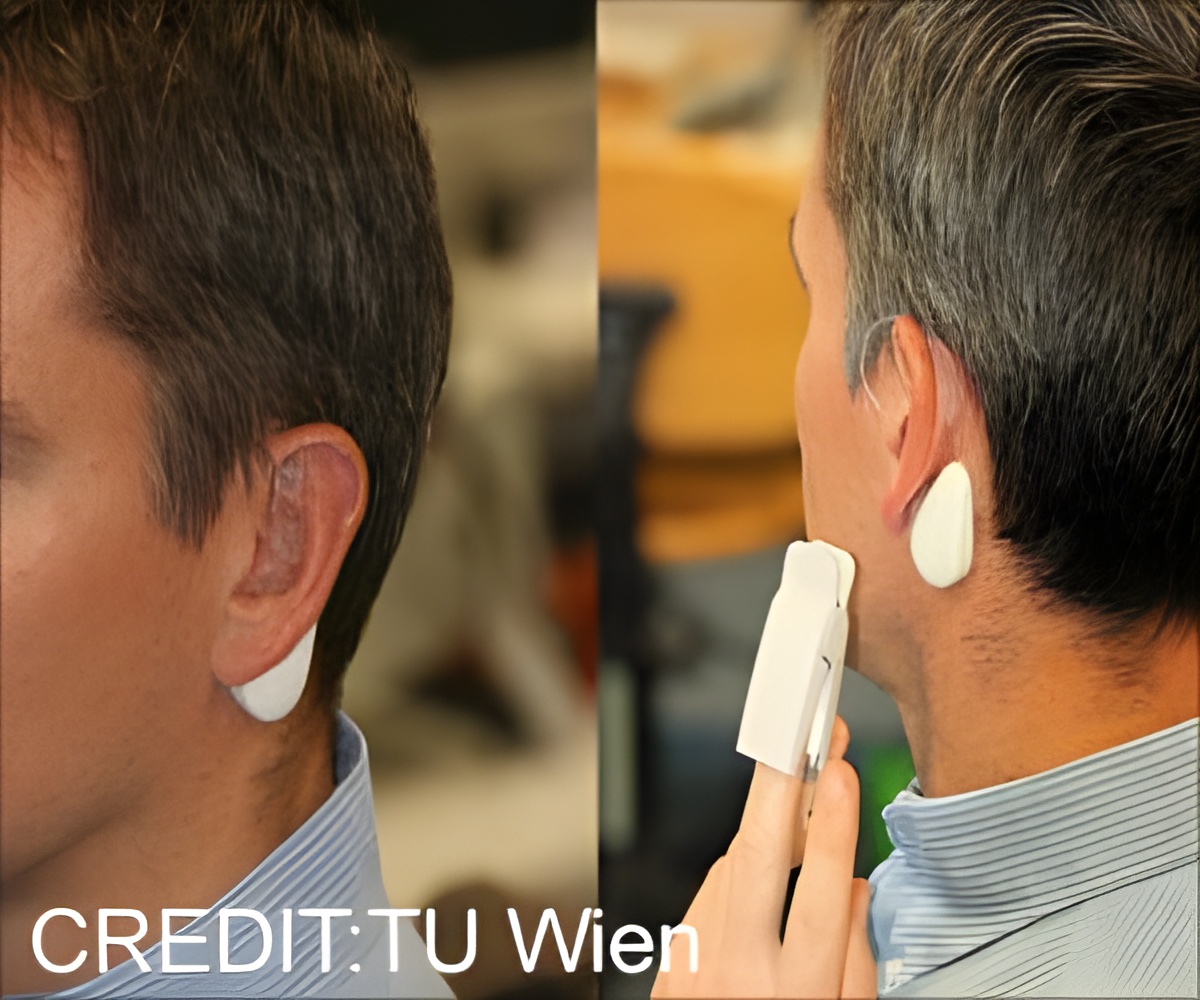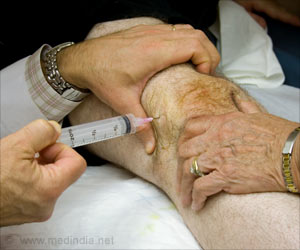Stimulating the vagus nerve in the ear with electrodes can help relieve chronic pain, according to a new study.

‘Vagus nerve stimulation could be a lifesaving option, particularly for people with chronic pain who have already been treated with other methods and do not respond to medicine anymore.’





An important step forward has now been achieved through a cooperation between the TU Wien (Vienna) and MedUni Vienna: the microanatomy of the vagus nerve branches in the human ear, in relation to auricular blood vessels, has been studied with precision on a micrometer scale. Then a 3D computer model was created to calculate the optimal stimulation of nerve branches using tiny needle-shaped electrodes. These results were then tested on patients. This way, a novel stimulation pattern could be determined, which stimulates the vagus nerve in the ear particularly well.Tiny electrodes directly on the ear
The team of the electrical engineer Prof. Eugenijus Kaniusas (Institute for Microwave and Circuit Engineering, TU Wien), in cooperation with the Medical University of Vienna has already conducted several studies in which chronic pain or even peripheral circulatory disorders were treated with electrical stimulation of the vagus nerve in the ear. In this process, small electrodes are inserted directly into the ear, which then - controlled by a small portable device worn on the neck - create specific electrical pulses.
A major challenge, however, is to attach the electrodes in exactly the right place. "It is important not to hit any blood vessels, and the electrodes have to be placed at exactly the right distance from the nerve," explains Eugenijus Kaniusas.
"If the electrode is too far away, the nerve is not stimulated at all. If it is too close, the signal is too strong, leading to blockage of the nerve. The nerve can become 'tired' over time and eventually stop sending signals to the brain."
Advertisement
"The blood vessels can be made clearly visible in patients by shining light through the ear," says Prof. Wolfgang J. Weninger from MedUni Vienna.
Advertisement
Three-phase signal for optimal stimulation
The computer model can also be used to calculate which electrical signals should be used. Not only the strength of the signal is important, but also its shape: "In our computer simulation, it was shown for the first time that from a biophysical point of view, a triphasic signal pattern should be helpful, similar to what is known from power engineering - only with much lower magnitude," reports Kaniusas. "Three different electrodes each deliver oscillating electrical pulses, but these pulses are not in synch, there needs to be a specific time delay."
This type of stimulation was tested on people suffering from chronic pain - and the experiments showed that indeed the triphasic stimulation pattern is particularly effective.
"Vagus nerve stimulation is a promising technique, the effect of which has been validated with our new findings and is now being further improved," says Eugenijus Kaniusas. "Vagus nerve stimulation is often a lifesaving option, especially for people with chronic pain who have already been treated with other methods and do not respond to medication anymore."
Source-Eurekalert












